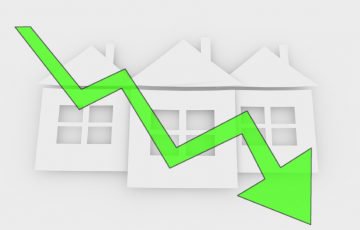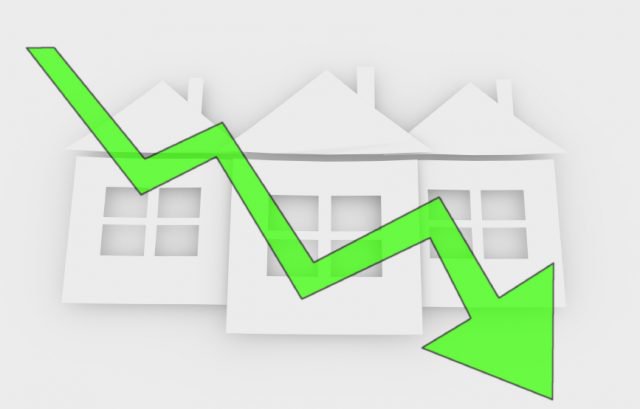London’s rental market seeing signs of recovery
The rental market in London is being blighted by oversupply, with buy-to-let investors in the capital also suffering with unprecedented tax charges. As such, 2017 looks set to be another unsettled year for the sector in London.
However, the most recent research from Benham & Reeves reveals that many regions of the capital are actually seeing an upturn, which could signify a rebound is imminent.
Suburban Surge
The residential letting firm saw the largest rental growth outside of central London, with suburban locations with strong transport links seeing the largest rent rises. The most prominent was in Colindale in north London, which boasted rental rises of 4.7%.
Even parts of prime central London which have seen downturns have started to improve. Some postcodes in these regions have seen average rental values rise by 4% or more.
In addition, landlords in areas such as Hampstead and Knightsbridge also have reason for optimism. Lease renewals in Knightsbridge hit a huge figure of 85%, with the average length of tenancy at 17 months.

London’s rental market seeing signs of recovery
Favourable
Marc von Grundherr, Lettings Director of Benham & Reeves Residential Lettings, noted: ‘There is no doubt that landlords have had a tough time of late. Rising taxes and stamp duty rates have taken their toll and it’s been hard to offer many crumbs of comfort to our landlords.’[1]
‘These latest figures, however, demonstrate that for those who are able to ride out the tough times, the market will eventually turn back in their favour. We don’t want to be too optimistic just yet as things are still undeniably difficult for many amateur property investors but nothing could be as bad as 2016. Roll on 2017,’ he added.[1]
[1] http://www.propertyreporter.co.uk/landlords/a-glimmer-of-hope-for-londons-besieged-rental-market.html






